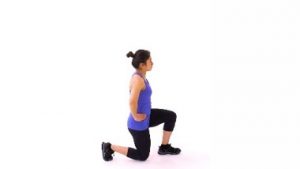One might think that in order to be successful certain running distances and speeds, you would have to limit your exercise regimen to only running longer and faster. Meeting these goals does involve gradually progressing your stats over the course of time and allowing necessary rest periods. However, faults in certain parts of your body can eventually show themselves. This can lead to injury and roadblocks in the road of your success. Including strength training and cross training in your exercise regimen builds strength and durability and allows recovery to stressed tissues in your body. Here are 5 exercises that are helpful in building your body to handle the stress of running.
Front Plank
A plank utilizes core/abdominal activation and strength to maintain stability of your trunk and hips. Without appropriate activation of core musculature, gluteal/hip strength cannot be fully utilized. Planks are very adaptable and can be completed on your hands or elbows as well as your knees or toes. Increasing difficulty or intensity can be achieved by holding for longer periods, decreasing support, adding resistance, or adding motions for more of a dynamic exercise. Some examples include mountain climbers, use of an exercise ball with your arms or feet on the ball, using resistance bands between your arms or legs, or alternating arm or leg lifts.
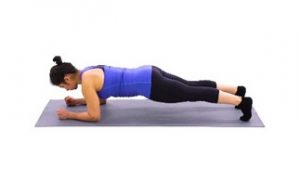
Side Plank
Side planks incorporate lateral gluteal and oblique core musculature, heavily utilized with running. Adding leg lifts, resistance bands, or upper extremity motions can make these quite challenging.
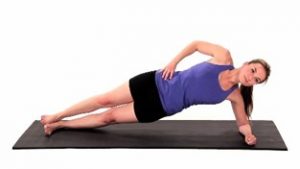
Bridges
Another exercise that incorporates core and hip activation and strengthening is a bridge. This can be completed isometrically, by holding for a longer period of time, or by repetition. Increasing intensity can be completed by using one leg at a time, putting your shoulders on an exercise ball, pinching a ball between your knees, marching while maintaining a bridge, or adding weight via dumbbell or resistance band.
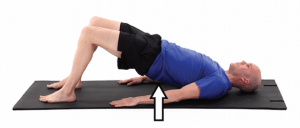
Squats
Squats utilize the same musculature as the previous exercises; however, they are completed in a more functional position. Quadriceps/thigh musculature is utilized more heavily in this position. Dumbbells, kettlebells, bar bells, or resistance bands can be easily added to increase intensity. Adding speed, jumps, or utilizing one leg alone are also great ways to advance difficulty.
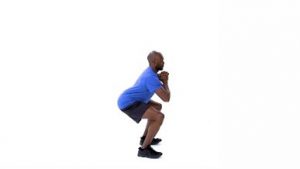
Lunges
Lunges mimic motions occurring while running in greater depths of joint motion, requiring higher levels of core, hip, and lower extremity muscle activation and control. Adding weight via dumbbells, bar bell, resistance bands, or medicine balls is a great way to advance. Lunges can also be completed in different directions (reverse, lateral) to greater isolate specific gluteal musculature.
